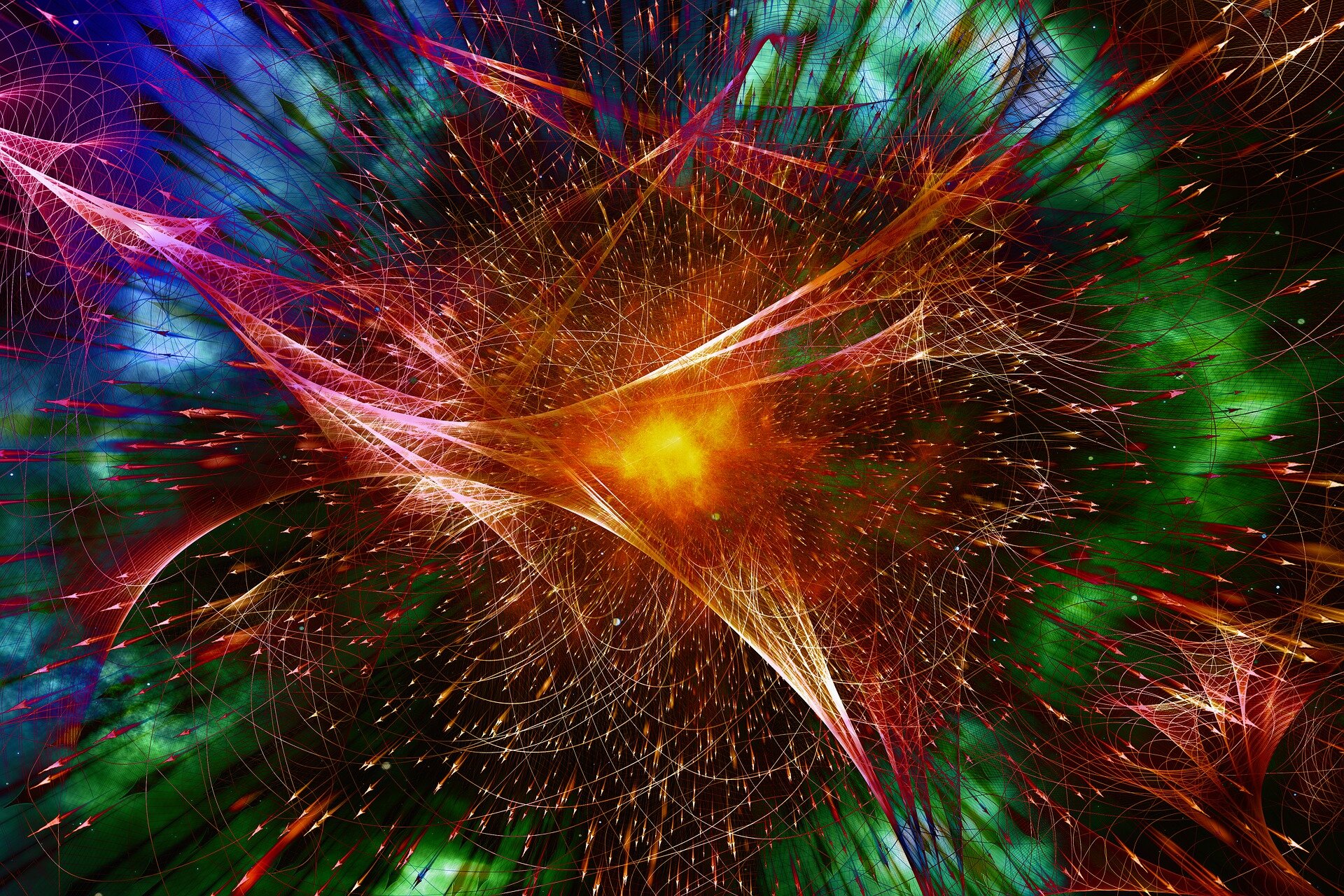True to form, a “strange metal” quantum material proved strangely quiet in recent quantum noise experiments at Rice University. Published this week in Science, the measurements of quantum charge fluctuations known as “shot noise” provide the first direct evidence that electricity seems to flow through strange metals in an unusual liquidlike form that cannot be readily explained in terms of quantized packets of charge known as quasiparticles.
“The noise is greatly suppressed compared to ordinary wires,” said Rice’s Doug Natelson, the study’s corresponding author. “Maybe this is evidence that quasiparticles are not well-defined things or that they’re just not there and charge moves in more complicated ways. We have to find the right vocabulary to talk about how charge can move collectively.”
The experiments were performed on nanoscale wires of a well-studied quantum critical material with a precise 1-2-2 ratio of ytterbium, rhodium and silicon (YbRh2Si2). The material contains a high degree of quantum entanglement that produces temperature-dependent behavior.
If cooled below a critical temperature, for example, the material instantly transitions from non-magnetic to magnetic. At temperatures slightly above the critical threshold, YbRh2Si2 is a “heavy fermion” metal, with charge-carrying quasiparticles that are hundreds of times more massive than bare electrons.
In metals, each quasiparticle, or discrete unit, of charge is the product of incalculable tiny interactions between countless electrons. First put forward 67 years ago, the quasiparticle is a concept physicists use to represent the combined effect of those interactions as a single quantum object for the purposes of quantum mechanical calculations.
2023-11-23 19:41:02
Source from phys.org rnrn
